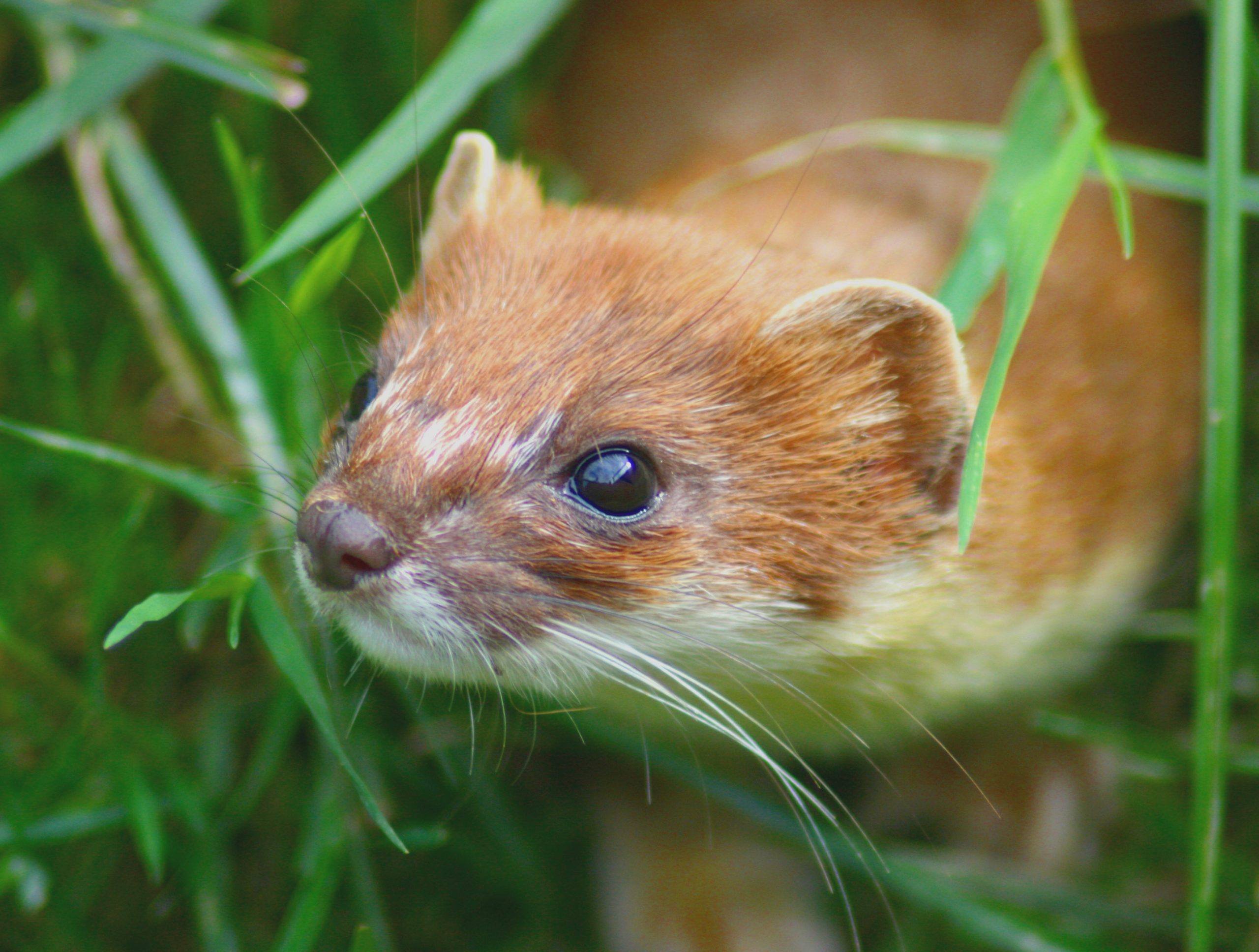CRISPR for Conservation? Not So Fast!
Scientists are urging caution in the use of new genetic technologies for conservation purposes. In an article in PLOS Biology, Kevin Esvelt of the Massachusetts Institute of Technology and Neil Gemmell of the University of Otago, New Zealand, examine the possible consequences of the accidental spread of self-propagating gene drive systems and advocate for open international discussions of such technologies.
Last year, New Zealand announced a plan to eliminate all its rats, possums, and stoats —– all destructive invasive species — by 2050. The nation is considering using gene drive systems to achieve this goal quickly, cheaply, and on a large scale.

Gene drive systems promote the inheritance of a particular genetic variant to increase its frequency in a population. Although there are many types of naturally occurring gene drive systems, the recent advent of Clustered Regularly Interspaced Short Palindromic Repeats (CRIPSR) genome editing has made large-scale genome editing a real possibility. When you insert a desired genetic sequence along with the components of the CRISPR system, it will cut and replace the original DNA sequence with the new version in each generation.
“The idea is that if we could ensure that all offspring are born as one sex, or that any offspring inheriting a gene copy from each parent is sterile, we might suppress or even remove an invasive population without any poisons or animal suffering,” says Esvelt.
Although Esvelt was among the scientists who first suggested how CRISPR-based gene drive systems might be used for conservation, he now believes that was a mistake. Esvelt and Gemmell argue that standard self-propagating gene drive systems may be uncontrollable and spread to unintended populations, and thus, are not appropriate for use in conservation.
“The bottom line is that making a standard, self-propagating CRISPR-based gene drive system is likely equivalent to creating a new, highly invasive species: both will likely spread to any ecosystem in which they are viable, possibly causing ecological change,” they write in the paper.

And it’s not just ecological consequences that are of concern.
“The unauthorized spread of a gene drive to native populations would seriously damage public trust in science and governance, not to mention cause a diplomatic mess,” says Esvelt.
Although Esvelt and Gemmell urge caution, they do not rule out the idea of gene drives for conservation completely. There are several forms of local gene drive that do not spread forever. Some kinds, like daisy drive systems, are self-exhausting, meaning they are built so that they can only spread for a limited number of generations. But Esvelt and Gemmell say that, though promising, systems like these still require rigorous and transparent safety testing in the laboratory before field trials are considered.
“Given that no one imagined we might be able to edit entire wild populations just five years ago, let’s be humble enough to invite concerns and criticism from everyone before developing technologies intended to alter the shared environment,” says Esvelt. “That means we should only do this kind of research in the open light of day.”
Reference:
Esvelt KM, Gemmell NJ (2017) Conservation demands safe gene drive. PLoS Biol 15(11): e2003850. https://doi.org/10.1371/journal.pbio.2003850
